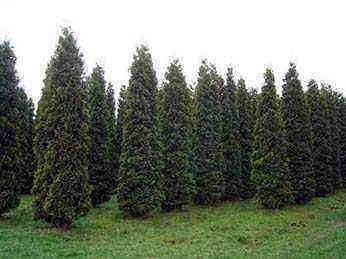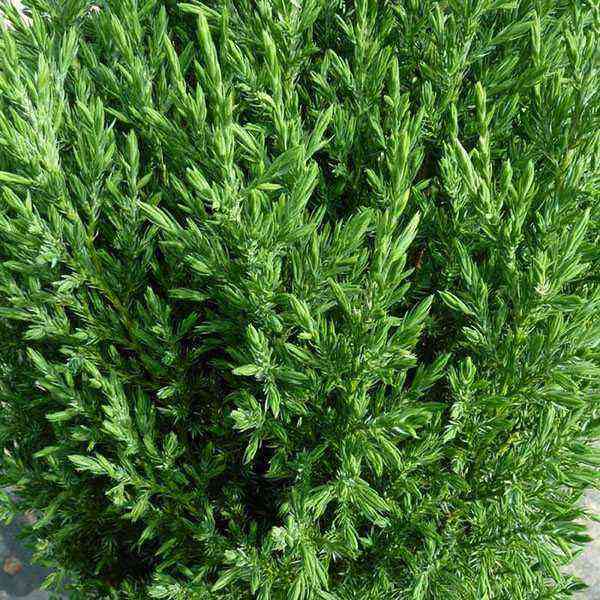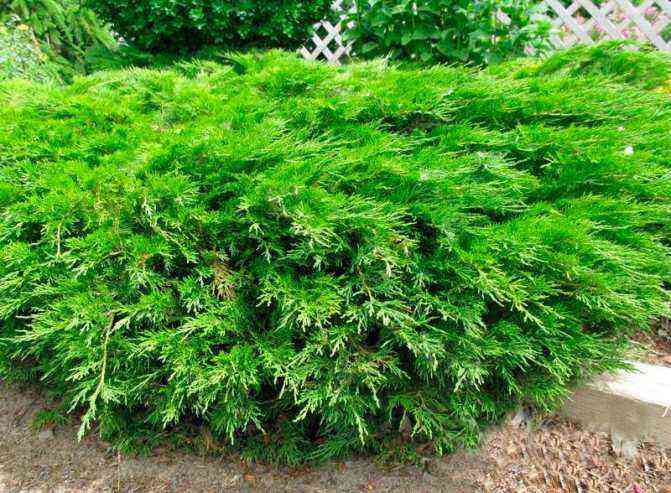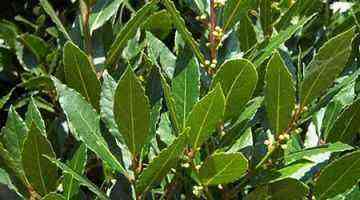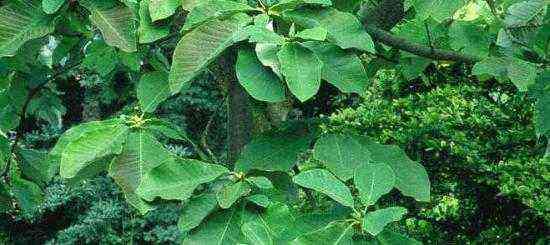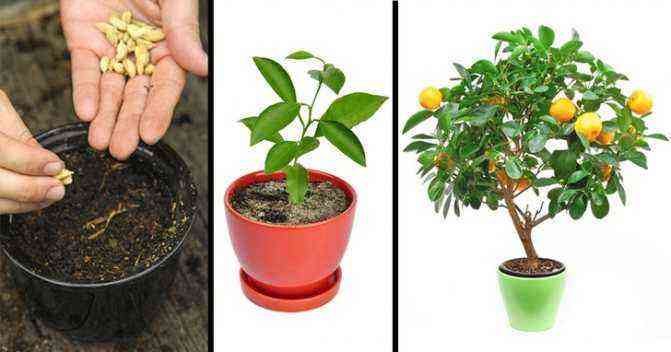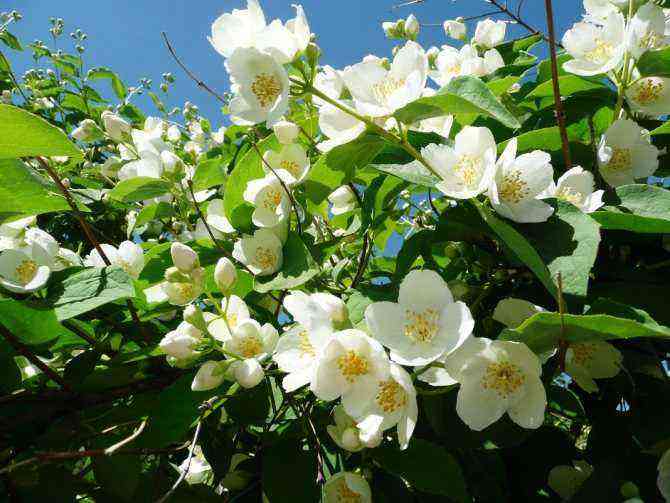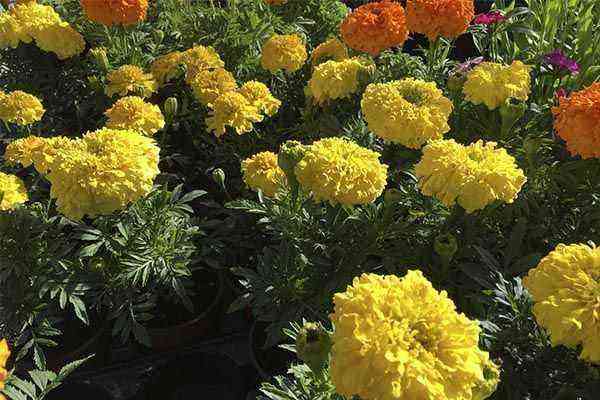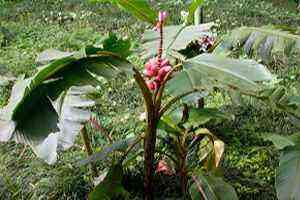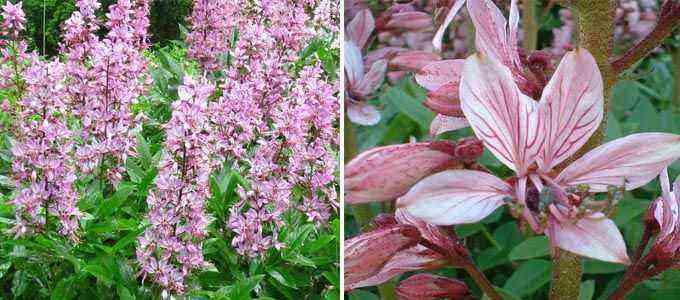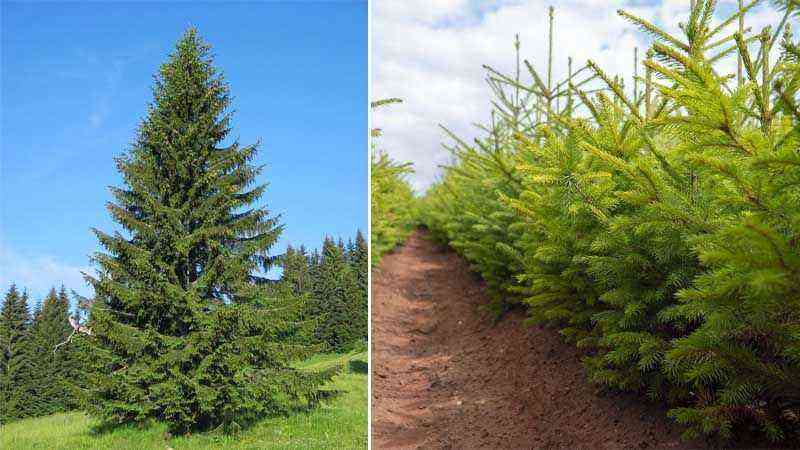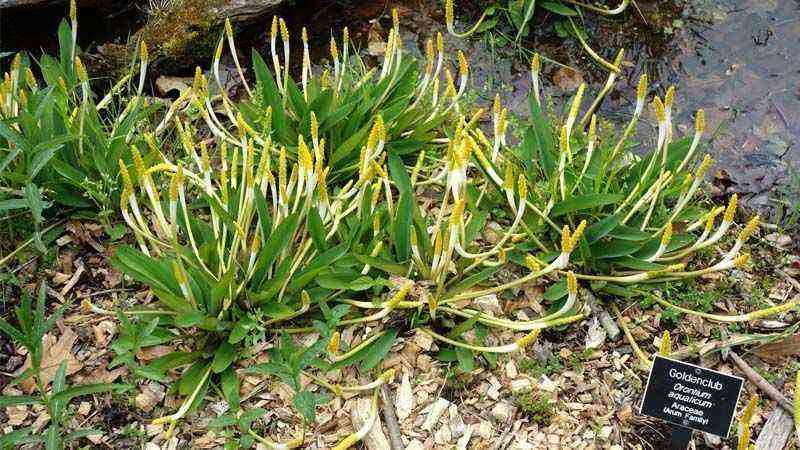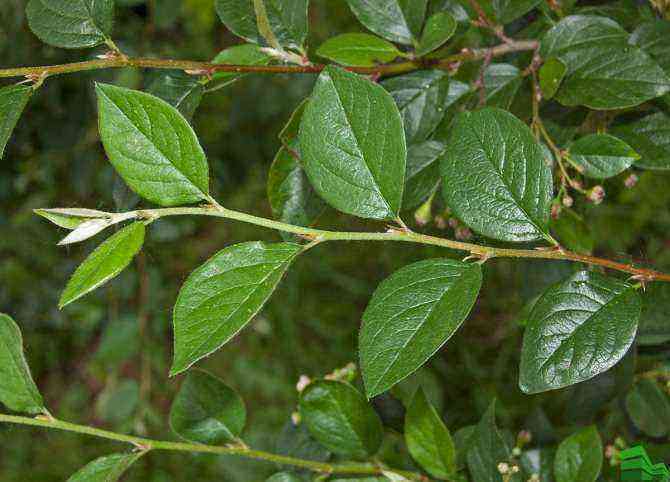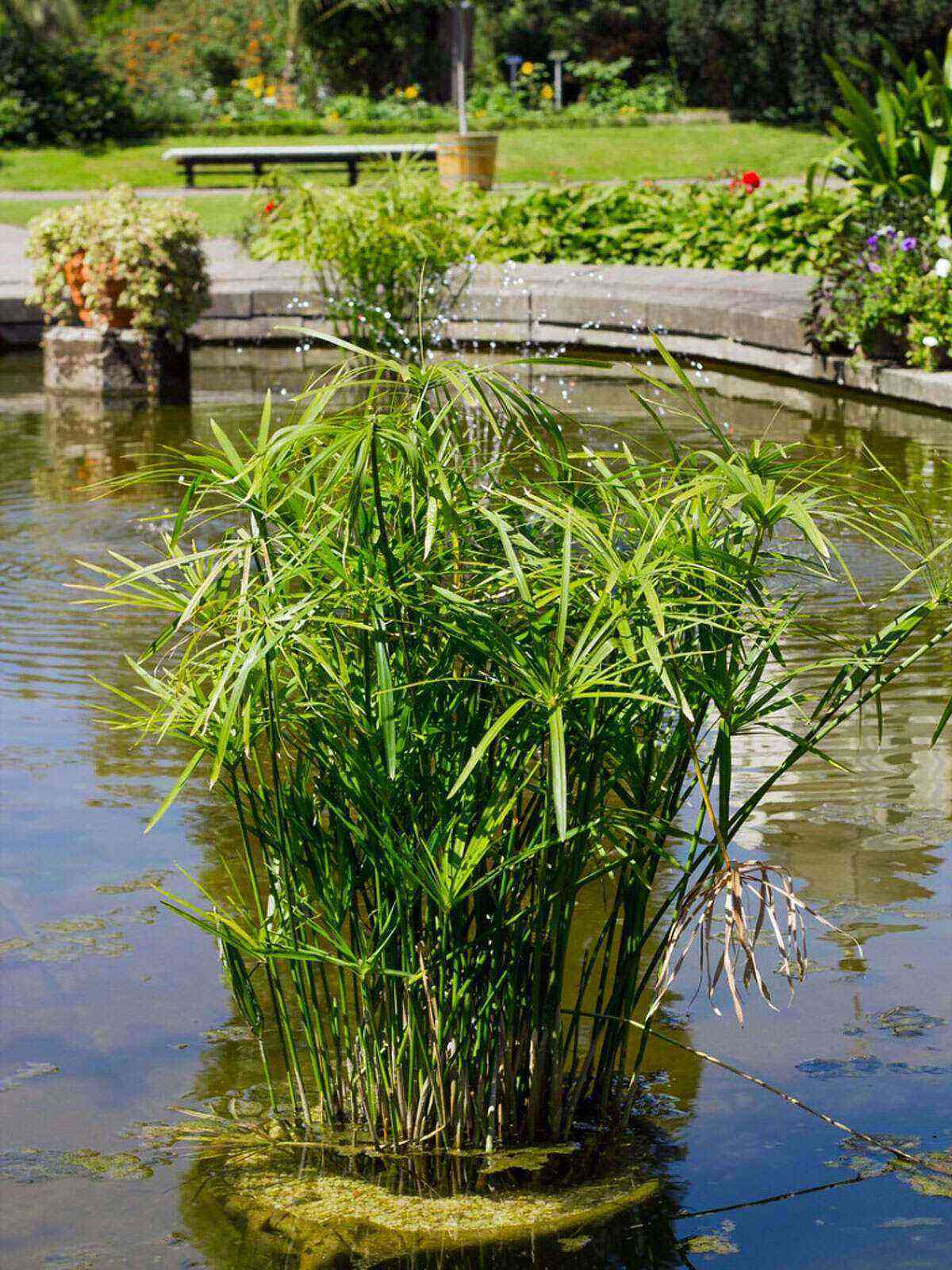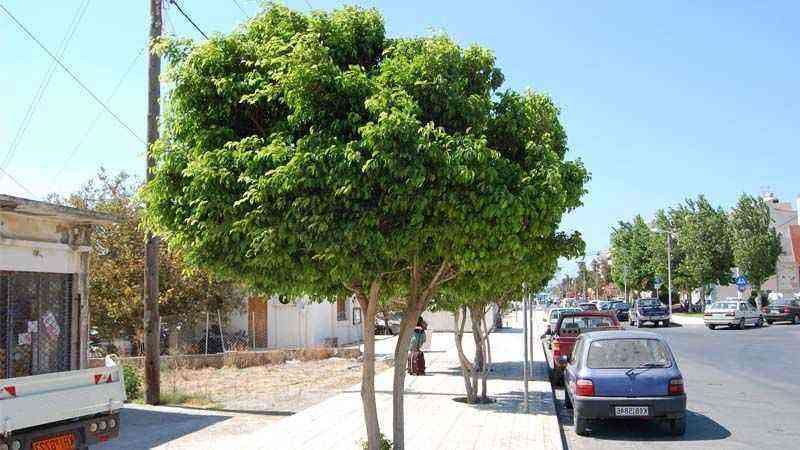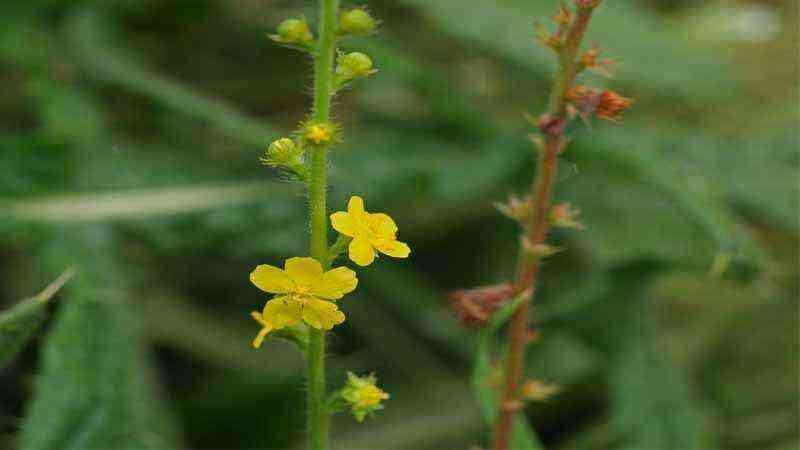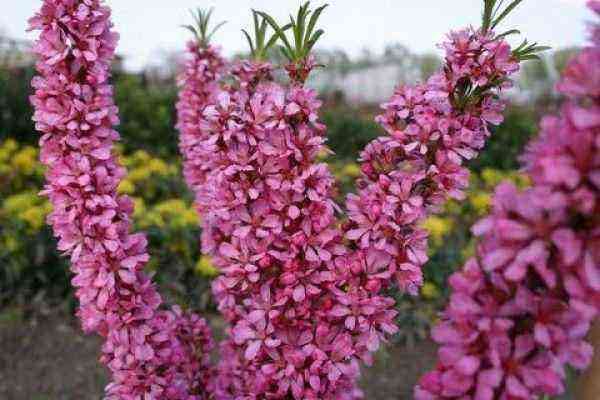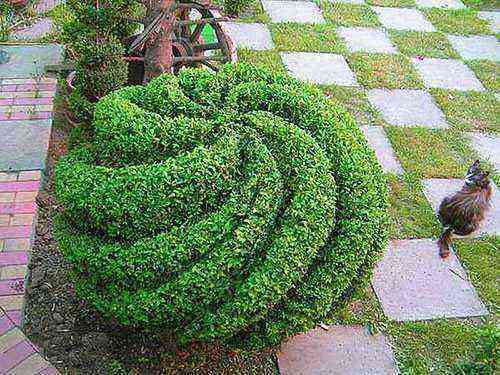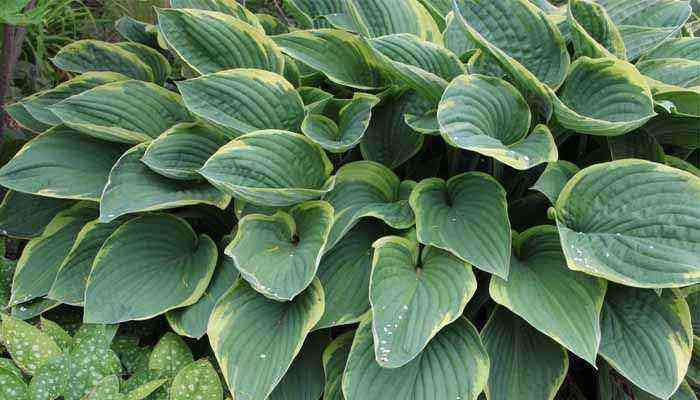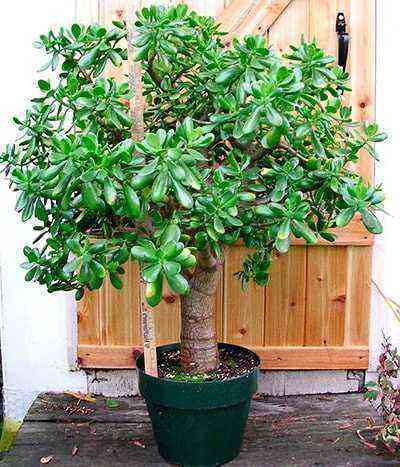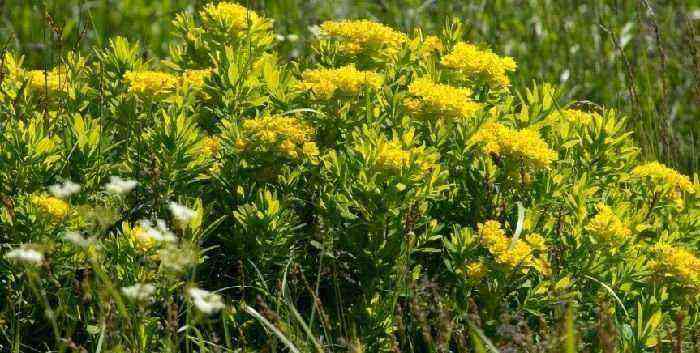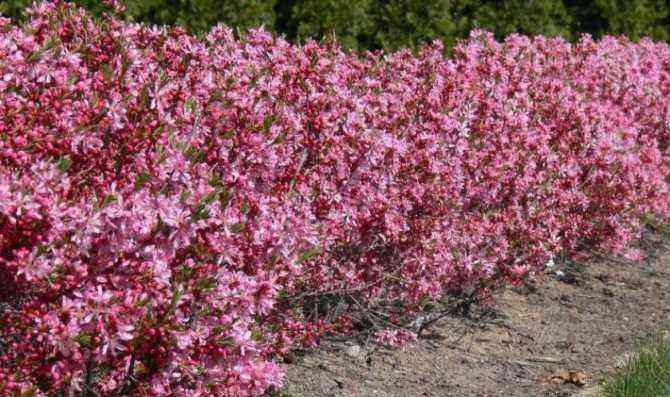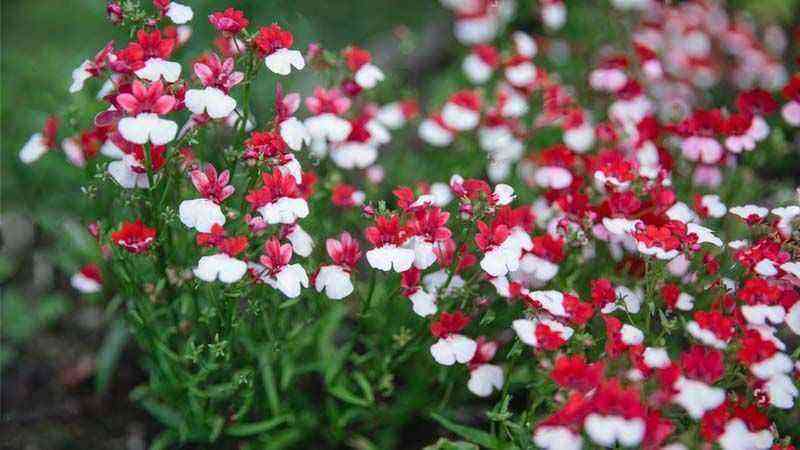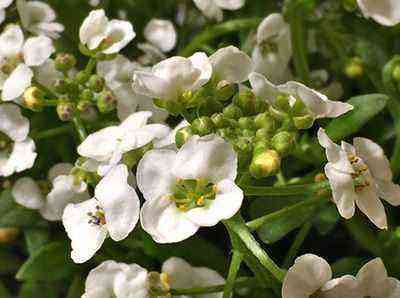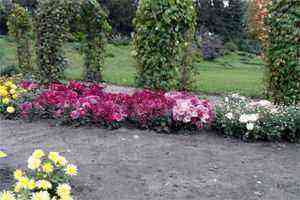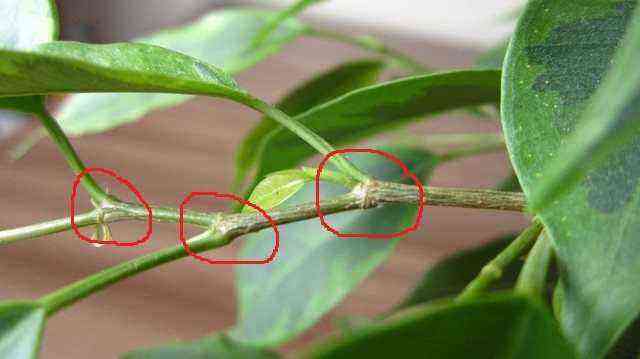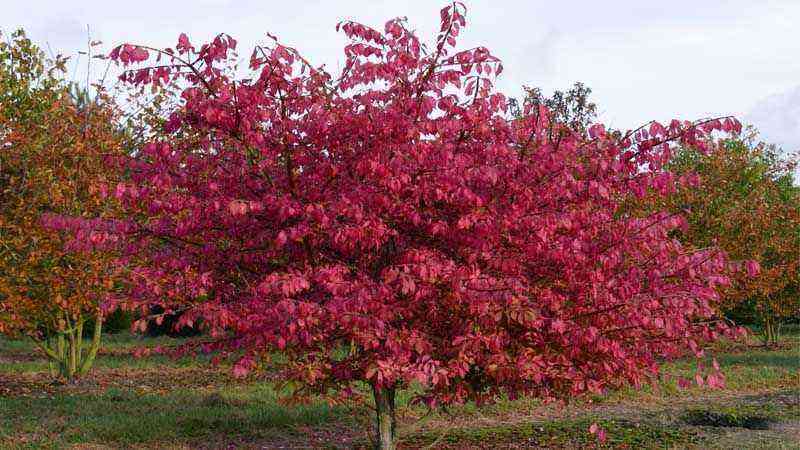It has a certain resemblance to the fig tree that we all know (Ficus carica) although it has many distinctive features. It is known as Sycamore o african fig tree (ficus Sycomorus) and it is also the genus of fig trees and family of the moraceas. Also, it has a very complete history dating back to ancient Egypt. We say no more, click “Read more” and get to know it!
Sycamore characteristics (ficus Sycomorus) or African fig tree
On many occasions, the sycamore is also known as Acer pseudoplatanus. It is a mistake of popular wisdom when naming plants, since this tree is known as Sycamore maple and not just like sycamore.
Having said this and returning to the topic of Sycamore real we have to tell you that its origin is Egyptian, that is, it is a african tree. We can find it in several countries of that continent with a similar climate and even in some Middle Eastern countries such as Lebanon.
The sycamore is a tree that generates a lot of shadow, since it reaches more than 10 meters in height easily, and has a great density of leaves. That is why many countries with a warm climate cultivate it ornamentally to generate shady areas, as you will see in the impressive photo at the end of the article.
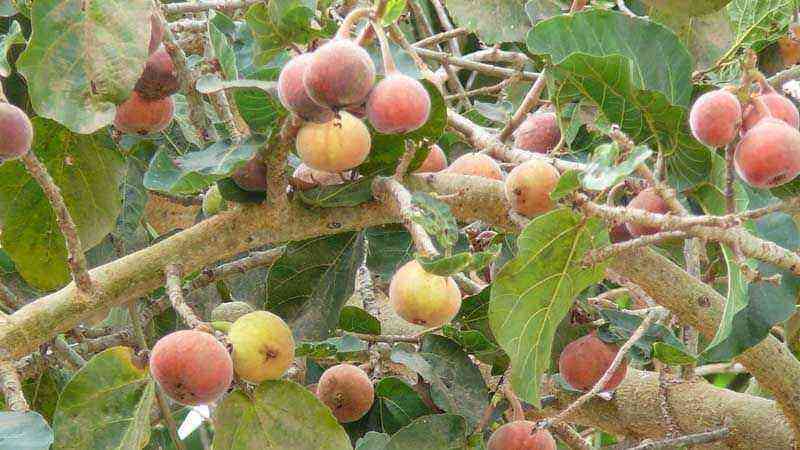

Cultivation and tips for its maintenance
Climate in sycamore cultivation
ficus Sycomorus it is used to developing in climates where high temperatures are reached in summer. It is therefore that it can grow in dry environments. It tolerates a wide range of temperatures, although they prefer high temperatures to low ones, since at a certain temperature, it is sensitive to cold, especially when it is a young specimen.
Soil characteristics
Like its gender partner and similar name, the common fig tree, the sycamore is able to adapt to a wide variety of soils, both poor and rich. It is true that the results of its growth are much better in soils with good drainage conditions, moisture and texture, especially if the latter is sandy.
Irrigation and fertilizer
In summer, when the temperature is high, they like not widely spaced irrigations that allow harbor a moist soil. Having water in summer will mean that the Sycamore continue to develop and do not stop your growth. In winter the opposite.
From completely cutting off the irrigation if we live in an area where some precipitation falls from time to time, to doing irrigations spaced in more than 15 days if we live in a climate with almost no rainfall. Anyway, the sycamore, like many Ficus, they develop powerful roots to find water where other species could not.
As for the subscriber, as we have said, it can grow with not very fertile soil conditions, that is, it is not very demanding. However, you will notice a much more vigorous development of the tree if it grows in a soil with good subscriber conditions.
In the spring and summer season, you can make successive fertilizers with manure or compost (contributions of 8 to 10 kg per tree) that will last until the hibernation season. With this amount it must be enough.
Sycamore Multiplication
The most common way to multiply sycamore is through cuttings. We start from a young branch of 10-15 cm which we will leave with a few upper leaves (the lower ones we remove). We introduce this branch in a pot, a mixture of sand and compost and we will water it periodically, keeping the humidity levels stable.
All this with an average temperature of 20 ºC. We can also help each other by rooting gels to facilitate cutting.
